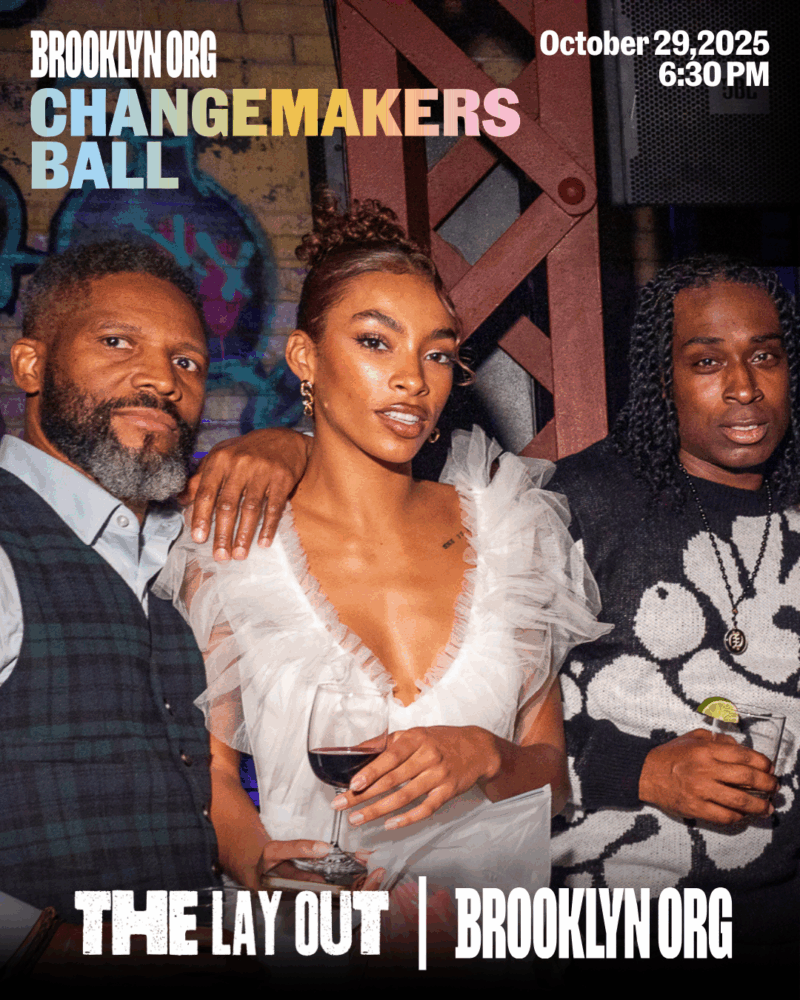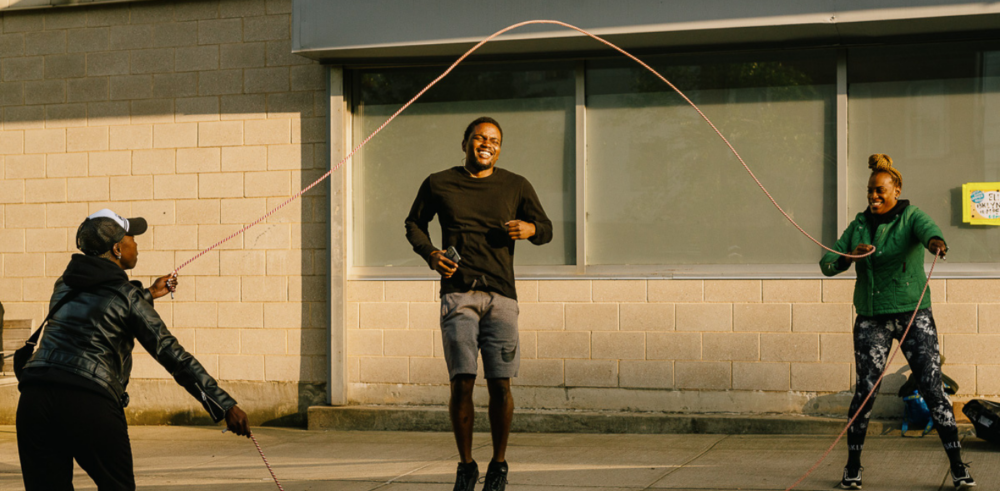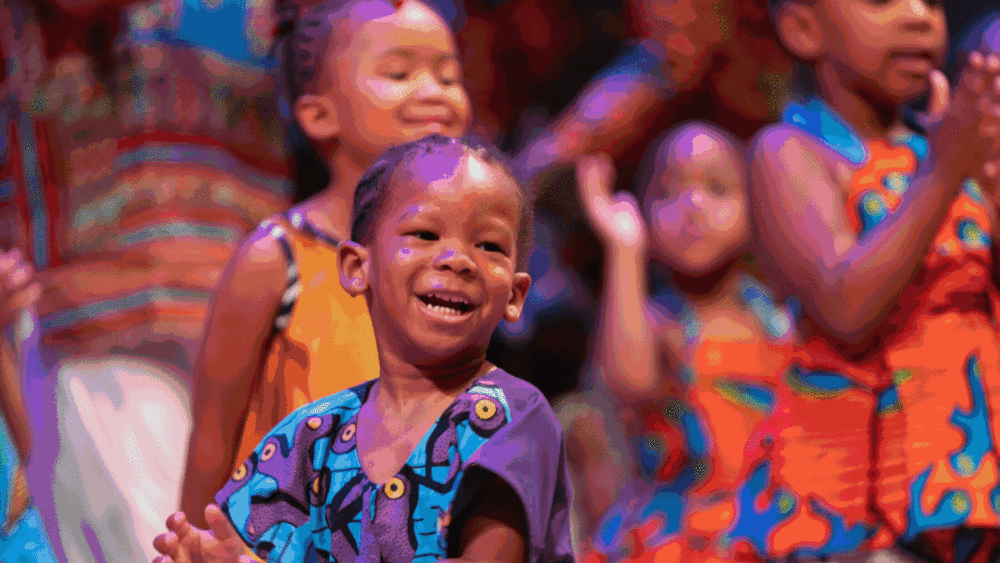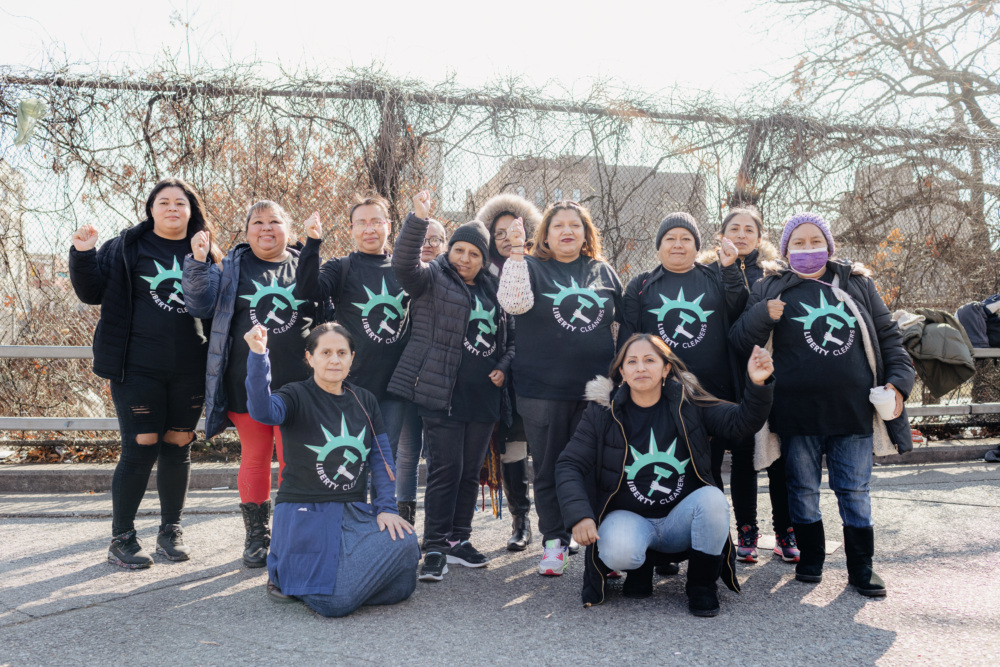The Lay Out x Brooklyn Org Giveaway

Racial justice is our North Star at Brooklyn Org — but racial justice cannot happen without economic justice and closing the massive racial wealth gap and funding gap in our communities. As our President & CEO Dr. Jocelynne Rainey shared on a recent panel, “Systemic racism can only be undone through systemic change and intentional investment.”
Brooklyn is home to the second largest population of people of African descent in North America — nearly 730,000 residents, larger than Atlanta and Detroit’s Black population combined.
We are a center of Black history, Black culture, and Black leadership. Yet we know our Black-led nonprofits and Black communities are systematically underfunded and under-resourced. In Brooklyn, the racial wealth gap between BIPOC and white Brooklynites is estimated at a whopping $40-$50 billion. Further, BIPOC-led organizations nationally receive just 4% of philanthropic funding.
This is why Brooklyn Org is committed to prioritizing investment in organizations led by people from our communities: of our total $5M in strategic grantmaking in 2023, 38% of funding went to Black-led organizations, and 78% went to BIPOC-led organizations. Investment yields results.
These factors are also the driving force behind Black Philanthropy Month (BPM), a global celebration and campaign to elevate African-descent giving and funding equity that takes place every August.
To kick off Black Philanthropy Month, we’ve compiled a list of must-know facts on the racial wealth gap, the racial funding gap, and statistics on charitable giving among Black communities below — and in the coming weeks, we’ll be sharing the stories of small, local Black-led nonprofits across our social media.
$40B to $50B The estimated racial wealth gap between white and BIPOC Brooklynites
38% of BKO's grantmaking in 2023 went to Black-led nonprofits
78% of BKO's grantmaking in 2023 went to BIPOC-led nonprofits
24% The budgets of Black-led nonprofits are 24% smaller than their white-led counterparts
43.5% of Black-led nonprofits operate without any paid, full-time employees


